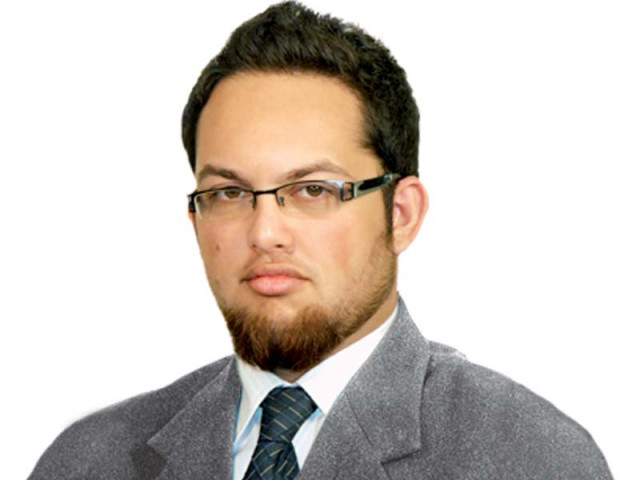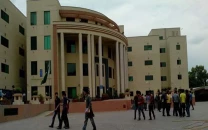Public spaces, public discourses usurped
The post 9/11 world saw terrorist attacks aiming at mass casualties and no longer excluding unarmed non-combatants

If the Global Coalition to Protect Education from Attacks (GCPEA) report from 2014 is to be believed, between the years 2009 and 2012, there were 838 or perhaps even more attacks directed at educational institutions throughout Pakistan. The lengthy discourse that hovers over “western education” in the public sphere is a well-known fact. But it was happening all along, wasn’t it?
Creating bifurcations
The pattern through which armed militancy seems to have operated in the tribal areas in the beginning is to single out professions, institutions and individuals by creating a paradigm of controversy around them.
Through already existing discourses, polio campaigns, musicians, barber shops, video markets, bridges, empty school buildings and similarly emerging bifurcations were fixed into specific premises and then targeted. They were part of greater conversations that people were petrified of speaking about and against. All that was unspoken of was categorised and then exploited.
Changing the game
The post 9/11 world saw terrorist attacks aiming at mass casualties and no longer excluding unarmed non-combatants. In nearby Afghanistan, statistics show more than 40 poison gas attacks on girls schools, resulting in 2,706 injuries. In our own country, hundreds of schools in Khyber-Pakhtunkhwa and Fata have been destroyed.
At that time the popular discourse was that since buildings were accommodating security personnel, they were targeted. Thousands of children were left without education. Schools continued to be targeted randomly even after many areas were cleared of militants.
Red herring
In the tribal areas, political administration made it a rule to apprehend the person guarding the school if a school was attacked. Most of these schools were constructed and handed over to the tribal maliks.
The Frontier Crimes Regulation (FCR) already had the space to blame the victim under the collective responsibility act. The FATA Secretariat conducted enquiries against maliks and contractors who allegedly destroyed the schools themselves because the material used in construction of the buildings was substandard.
Wonder what happened there, but the schools still kept being targeted. Moreover, till recently, the decision to halt the construction of schools till the people of the areas guaranteed reconstructed buildings will be protected remained intact.
New gears with old tactics?
On December 16, 2014 the Army Public School (APS) came under attack. The single incident has been a marked theme for the change in narrative. However, the attack on Bacha Khan University and subsequent threats after the incident with schools being closed and parents reluctant to send their children to school, it all seems to be a continuation of the paradigm of creating controversies and categories.
The original problem has not been addressed. Militancy has become an urbanised phenomena. The war is no longer in the tribal belt.
There is no second opinion that the physical space for terrorists should be ceded, but the not-so-physical spaces in the public where discourses generate from, are usurped. The war of narratives is no longer about saving the physical space of school buildings but about saving all that and all those who inhabit that space.
Will the same strategy work in more urbanised spaces is a question that needs to be answered before any further action can be taken.
Published in The Express Tribune, January 27th, 2016.













COMMENTS
Comments are moderated and generally will be posted if they are on-topic and not abusive.
For more information, please see our Comments FAQ